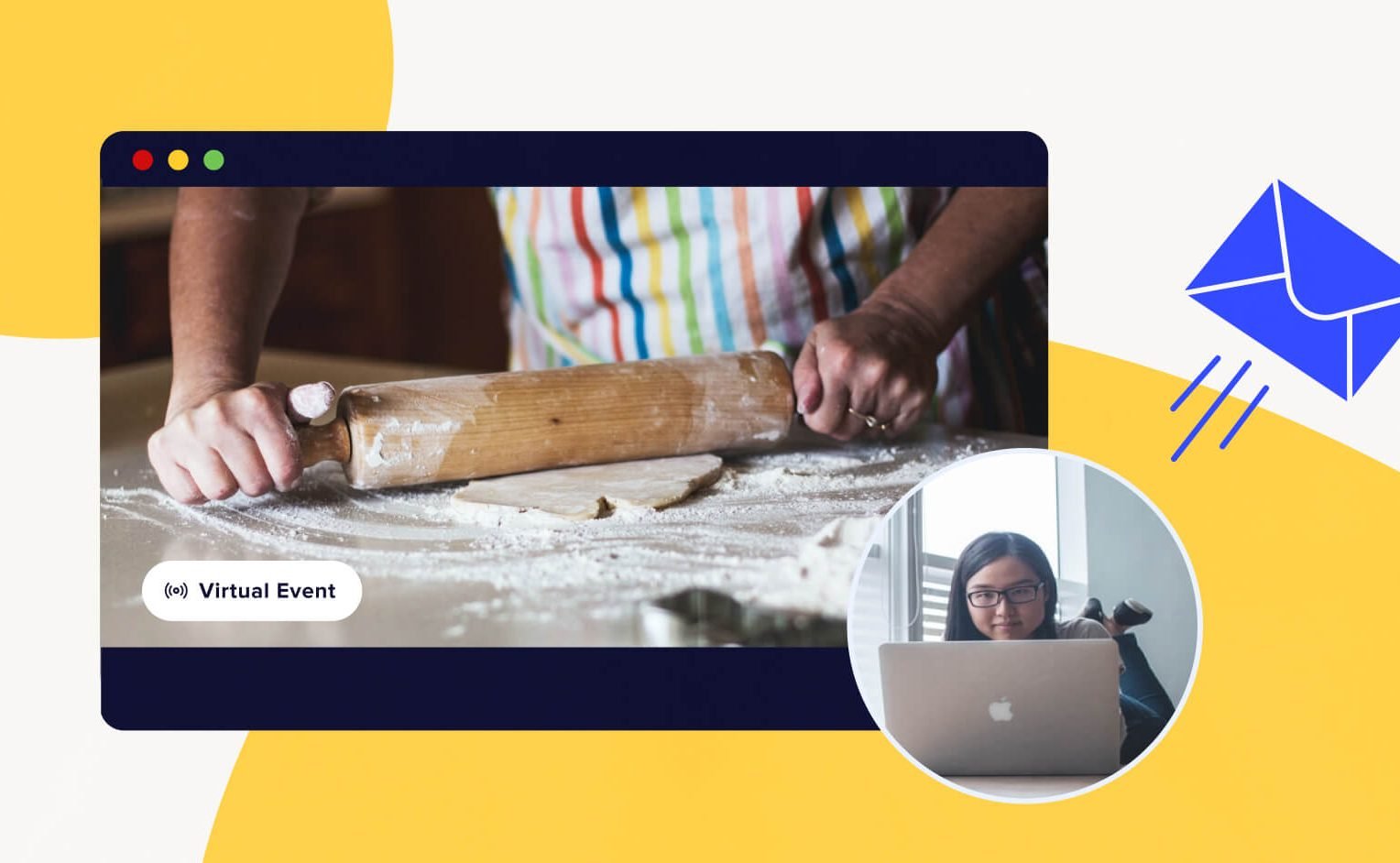10 Cardinal Rules of Virtual Events

While every virtual event is a little bit different, there are some rules that apply to online events across the board. If you ask us, breaking any of those rules would be a sin (unless you have a really, really good reason to stray off the beaten path).
Before you start planning the details of your next virtual event, make sure you know and respect these 10 cardinal rules. 🙏
1. Promote your event well in advance.
Don’t wait until the last minute to send out invitations to your virtual event. Just because people don’t need to worry about travel or parking doesn’t mean their schedules are wide open for an online event at a moment’s notice.
Add the event to your website’s calendar and start communicating with guests at least a couple weeks before the big day.
2. Test your tech and tools—and then test again.
Technical difficulties can kill the vibe during a virtual event. Don’t waste precious minutes during your event fixing a shoddy internet connection or struggling to unmute your mic.
A few days before your event, test your video, audio, WiFi, and other tools you plan to use. This gives you time to fix any issues that come up. Then test again before you go live on the day of the event.
3. Send email reminders.
If you want people to show up, make it as easy as possible by sending multiple email reminders.
At a minimum, you should send:
- An email confirmation when people register/RSVP.
- A reminder on the day of the event.
It’s also a good idea to send a reminder or two in between the confirmation email and day-of note.
Don’t forget the most important part of the message: A link to join the event!
4. Recruit your audience.
Go the extra mile to scout and reach out to people who would be interested and active participants in your virtual event—a personal invitation goes a long way.
Want more participation? Recruit some colleagues or friends think up a few questions ahead of time. That way you’ll avoid awkward silence when your event opens up for audience questions.
5. Send event materials ahead of time.
Virtual events can feel pretty blah after so many hours in front of the screen. Keep attendees more engaged by sending out event materials ahead of time.
This might include presentations, reading materials, or links to your company’s social media profiles where they can connect with you beforehand.
6. Communicate expectations before the event starts.
Should attendees plan on a lot of audience participation or a more passive experience watching a performance or presentation?
Give your audience a heads. Let them know what to expect and how to prepare—i.e., is this a sweatpants-and-bedhead event or a fancy-from-the-waist-up kind of shindig?
7.Get started on time (and don’t go late).
Unless your meeting platform has a time restriction, nobody’s going to kick you out of the venue at the end of your virtual event. But that doesn’t mean your attendees want to spend all day with you.
Be respectful of your attendees’ time by starting on time, and try not to go late. If you’re worried that stragglers will miss part of the event, offer a recording attendees can watch afterwards.
8. Keep conversation flowing during the event.
Nobody wants to ask “any questions?” and hear crickets. That’s why you need a good moderator for your virtual events.
Moderation is the key to a successful event. An emcee can keep the conversation flowing and call on attendees by name to encourage participation. The moderator can also come prepared with a few questions of their own to kick off a Q&A.
Give attendees a variety of ways to ask questions. Some people aren’t comfortable on camera and prefer to type into a chat, while others are happy to hop on camera.
9. Follow up after the event.
Don’t leave people hanging after an online event. Send a follow-up email to gather feedback in a survey, share links to materials or recordings, and invite attendees to thenext event.
10. Don’t schedule an event that could have been an email.
Nobody wants to attend a virtual meeting—or any event—that could have been a quick email.
Online events aren’t always the best channel. Make sure your content really works best as an event before you move forward.
On the fence? Maybe the event content you have in mind would work better as a blog post… or, you know, an email.